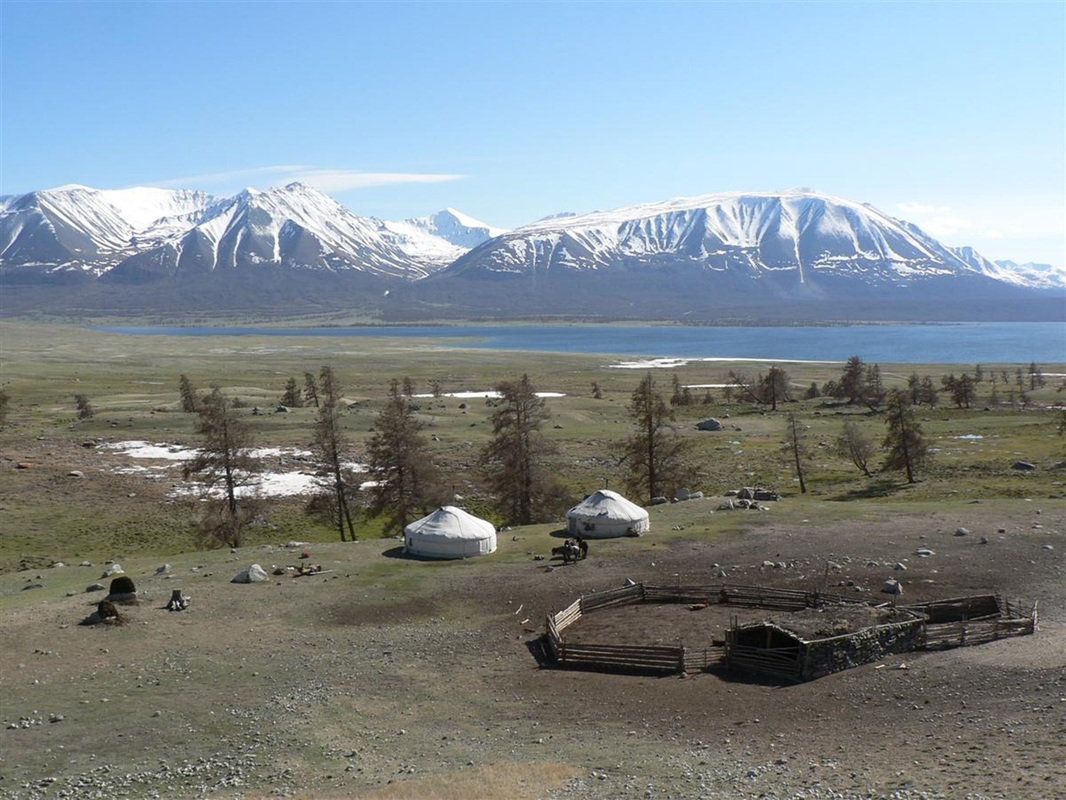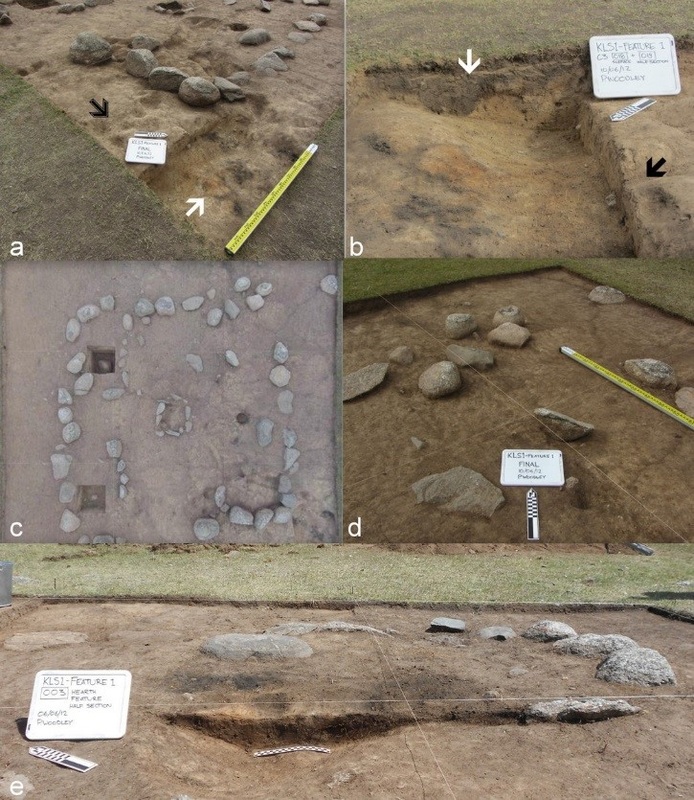Mongolian Altai
|
The summers of 2012 and 2014 were spent in the Altai region of western Mongolia doing comparative research to try and understand under what circumstances pastoralists in central Mongolia managed to develop and sustain a complex social organization during the Iron Age/Xiongnu period, while it does not seem to have been the case in the far western region of Mongolia. In order to investigate this, we explored the relationship between mobility, complex social organization, and place-making (emphasizing the difference between place-making and place-using) and recently argued that complex social organization arose during the Bronze and Iron Ages in the Khanuy Valley of central Mongolia, in contrast to the Khoton Lake region in western Mongolia, through an intersection of favorable environmental conditions and stability of intense occupation (Houle 2015; Houle 2016). The results of this research also highlighted the danger of a simple correlation between archaeological features and residential mobility and the fact that similar acts of memorialization in the Bronze Age reflected very different modes of engaging with the landscape and with each other. The construction of place related to patterns of mobility, but these places could either forge communal integration or simply act as landmarks of memorialization. Recent results from a comparative research initiative involving regional-scale archaeological data and environmental records from stable isotope signatures in lake sediments from central Mongolia has added to these findings and suggests that a period of unprecedented warmer and wetter climate in central Mongolia characterized the period during which the Xiongnu rose to power and expanded. Favorable climate conditions may therefore have enabled the formation and expansion of this polity (Houle et al. forthcoming).
|

